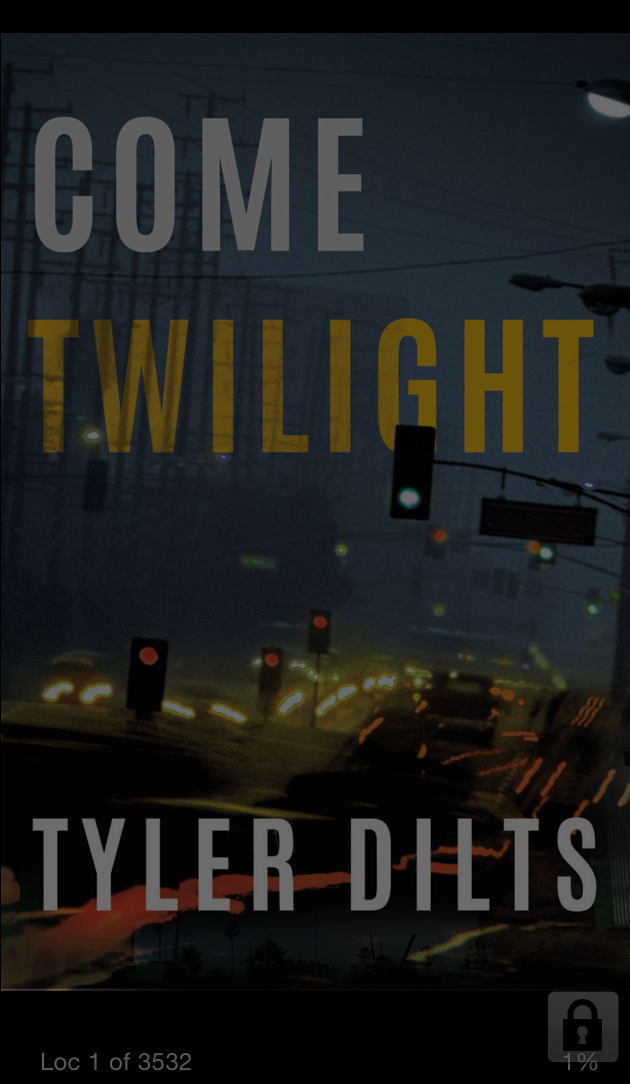Chuck Wilder was an attorney when his wife Robin wanted to open a bookshop in a small town near the western border of North Dakota and Montana. And so, they did. They opened a great shop with a nice craft coffee counter and that independent vibe bibliophiles love in a bookshop. Sadly, Robin died early on in their venture, and Chuck decided to run the bookshop full-time. And that whole region of western North Dakota and eastern Montana has been lucky to have him there for over thirty years.
Books On Broadway sells primarily new books, but keeps up a good trade in hard-to-find regional history books, which are usually rare and out of print. It’s also a great place to find a souvenir or gift in a region that doesn’t have many shopping opportunities for finding a nice “local” gift to send someone. He may have even had toys and kites? I remember it being a good-sized store with unexpected things — and, of course, a great selection of books from big publishers and things of regional interest from university and small presses, too.
It’s hard to express what it meant to have a small independent store that sold books even an hour away, across a state border, while living in a place like Sidney, Montana. Yes, the museum where I was executive director sold a few new books related to the region’s history, but that was it, locally. No new or used bookstore was open there, and Books on Broadway was the closest bookshop. So, going there to browse, and be reminded of the larger world was incredibly encouraging and uplifting for me at that time. I’m sure I wasn’t the only one who felt that way. *AND* to have a civilized cup of coffee somewhere was not a small consideration. The other option for browsing a bookshop was to visit the big box stores and indy shops in Billings, Montana, which was a three-hour drive each way, which was too far sometimes.
Chuck Wilder understood this and was also an encourager. He frequently co-sponsors literary and cultural events in both North Dakota and Montana, like Shakespeare in the Park, author panel discussions, and book fairs. I remember him specifically when I was helping to bring Shakespeare in the Park to Sidney, Montana, and he was helpful to us. He did the same for author events at the MonDak Heritage Center, the museum where I was the director. And if he couldn’t co-sponsor an event, he’ll still help get the word out, attend events personally, set up a table, and have a kind word for the organizers afterward. Books on Broadway and Chuck Wilder are treasures and part of what makes book people some of the best people you can meet.
About the Author: Benjamin L. Clark writes and works as a museum curator.








 Historical Fiction for the Historian
Historical Fiction for the Historian





